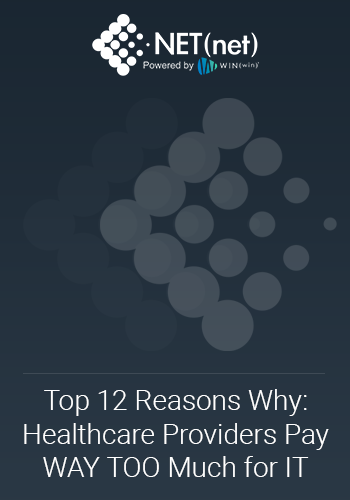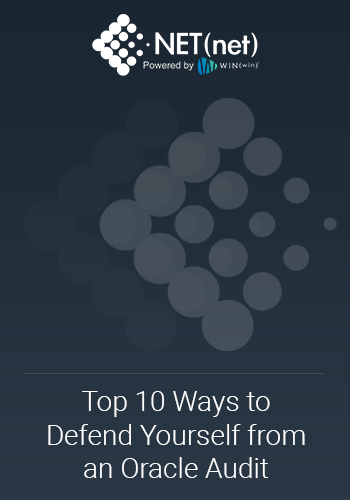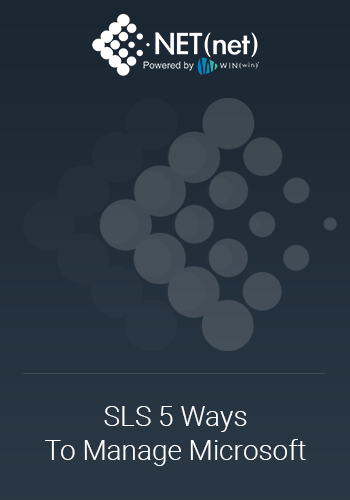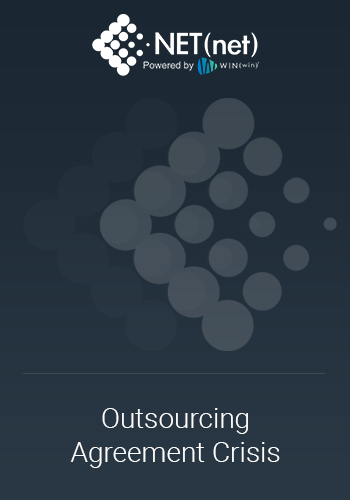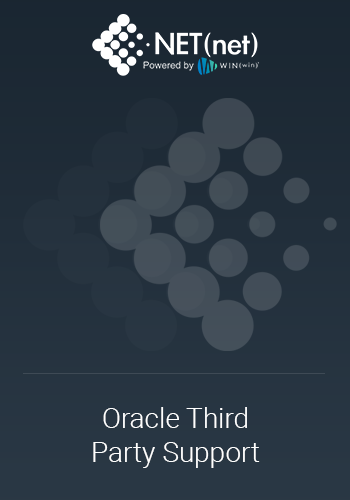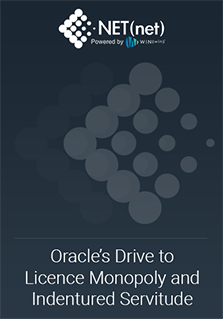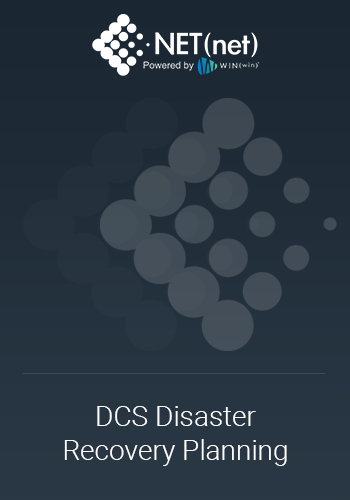Recounting the news earlier this year out of West Virginia where state auditors are accusing Cisco of selling routers that are not needed or router models that are way overkill for the purpose, got me thinking about the approach Cisco and many of its peers in the IT industry take to selling technology to their customers. Simply put, IT related acquisitions, be it hardware, software or services, are fraught with a cartel mentality between the OEM, reseller and the enterprise IT organization that often result in purchasing more than needed or acquiring advanced functionality without a purpose. The IT organization shares some of this blame with ...
Read More
With Oracle's fiscal year end fast approaching this May, many of our clients are considering making Oracle licensing purchases. One of the most common questions we get is, "What type of license should I buy?" Just the fact that clients are asking us these questions demonstrates great progress over the last 10 years. It illustrates that savvy clients know that there can be very significant economic disparities between license types, with literally no loss at all of any business value achieved. In fact, it's the exact same source code. To illustrate this point, consider one client who is considering User Licenses vs. Processor licenses. This ...
Read More
Oracle’s recent third quarter earnings miss was a not-so-subtle reminder of its software maintenance based profit model and tyrannical leadership style. We should not be surprised that software support continues to grow. Customers are effectively forced to renew while Oracle cranks the dial by 4% each year. As for leadership, Safra, Mark and Larry seem to believe that their better-than-ever products would sell themselves if sales would just bother to walk past the fax machine for purchase orders. In both cases, there are real issues to consider, especially when HP and Dell are proving that IT bellwethers can falter. First, Oracle’s ...
Read More
So we begin Microsoft's fiscal 4th quarter, ending June 30. The largest percentage of Microsoft Enterprise Agreements expires during this quarter, and historically it's been Microsoft's most profitable quarter. This year has been distinguished by the ongoing economic malaise which is tightening IT budgets everywhere, even and especially for "infrastructure" software such as Windows, Office and the various Microsoft servers. With Windows 8 being perceived as a flawed OS and Office 2013 as a marginal upgrade based on the flawed Windows 8, and with the sticker shock that many clients are still facing as they transition from older, ...
Read More
In our November 2012 issue of The Net Effect, we published a White Paper titled “Top 10 Reasons Why Clients Spend WAY TOO MUCH...For Telecommunications”. This is the third in a series of blog entries that will explore each of these topics in more detail, moving on to #8: Poor Wireless Mobility Governance. How things have changed in a few short years. There was a time, not so long ago, that wireless mobility in the enterprise meant a Blackberry or a basic cell phone for voice calls and not much more. Access to data on the Blackberry didn’t amount to much because the web browsing interface was so basic and the “app” was not yet part of our ...
Read More
Healthcare organizations pay an unnecessary premium for IT systems, software and services. The reasons are many; NET(net) identifies the Top 12 in our White Paper. With all the focus on reducing Healthcare costs, it may surprise you to learn that of the 30 industries we recently sampled, Healthcare organizations actually pay more for technology than any other industry. Our analysis shows Healthcare organizations pay an average 17% more than that of the other 29 industries we sampled, and 33% more than the industry with the lowest average costs (food service). In this blog series, we outline why we believe Healthcare providers pay way too ...
Read More
If you are a large SAP customer, there is likely a latent gold mine of savings opportunities hidden deep down inside your SAP agreements. Did you know that for ERP Application licensing alone, not counting all the variations of licensing definitions we have seen over the years (literally thousands of different definitions of what is a limited professional user as an example), there are still 34 major licensing classes for SAP users? Most clients, even those that closely examine their user demographics, struggle to make sense of their own deployments. The kind of convoluted deployments we routinely see in our client base, combined with the ...
Read More
In last month’s blog post, “How a 5% Performance Improvement Can Result in a 50% Savings”, we discussed how the economics of IT deals of all kinds (Cloud, SaaS, Hardware, Software, Services, Outsourcing and Telecom, among others) can be dramatically improved with very small strategic improvements in the process of IT optimization. We asked you to stay tuned to this month’s newsletter, and the blog post, “The Rise of the Disruptive Supplier”, mainly because optimization itself is often thought to be (and many times is) a unilateral activity. Certainly it is always a best practice to understand the macro market conditions to ensure the ...
Read More
Healthcare organizations pay an unnecessary premium for IT systems, software and services. The reasons are many; NET(net) identifies the Top 12 in our White Paper. With all the focus on reducing Healthcare costs, it may surprise you to learn that of the 30 industries we recently sampled, Healthcare organizations actually pay more for technology than any other industry. Our analysis shows Healthcare organizations pay an average 17% more than that of the other 29 industries we sampled, and 33% more than the industry with the lowest average costs (food service). In this blog series, we outline why we believe Healthcare providers pay way too ...
Read More
In our November 2012 issue of The Net Effect, we published a White Paper titled “Top 10 Reasons Why Clients Spend WAY TOO MUCH...For Telecommunications”. This is the second in a series of blog entries that will explore each of these topics in more detail, moving on to #9 Unused Services. If you consider the volume and multitude of service types of telecommunications consumed by the average enterprise and then factor in the number of telecommunications suppliers that make up the typical portfolio of telecommunications in the enterprise, particularly for organizations with many remote locations, it’s no wonder its challenging to keep on top of ...
Read More

